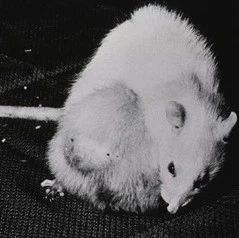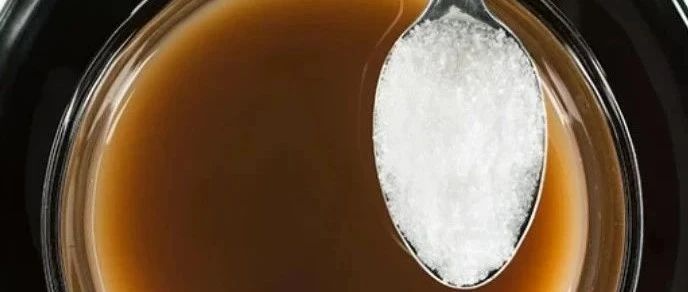
英国研究人员利用皮肤细胞培育出了部分诱导多功能干细胞(PiPS细胞),它与曾引起科学界轰动的诱导多功能干细胞(iPS细胞)功能类似,但出现肿瘤的风险大大降低。实验证实它可进一步培育为血管细胞,将来有望用于治疗相关疾病。
这项研究的意义要从胚胎干细胞说起,小小的胚胎能够长大成人,是因为其中的干细胞能够分化变成各种器官组织。前几年日美研究人员报告说可以使已经分化完成的皮肤细胞“时光倒转”回到干细胞状态,再利用它培育出其他组织,引起科学界轰动。这样得到的细胞称为诱导多功能干细胞,但有一个问题是其培育出的组织出现肿瘤的风险较大。
英国伦敦大学国王学院的徐清波等人在新一期美国《国家科学院学报》上报告说,他们将4个基因OCT4、SOX2、KLF4和c-MYC引入人类皮肤细胞中,就可以使其回到干细胞状态。此前研究需要用28天培育出iPS细胞,而这次研究只用了4天时间就可以让皮肤细胞回到干细胞状态,研究人员将其新培育出的种类称为PiPS细胞。
“名称前加的字母‘P’是‘部分’的意思,这一方面是因为它只走了iPS细胞的部分历程,另一方面也是因为它在性能上与iPS细胞部分相似”,徐清波向记者介绍说,“它保留了iPS细胞性能中好的部分,即仍然可在此基础上培育出其他组织,但没有了坏的部分,即减少了所培育出的组织出现肿瘤的风险。”
研究人员利用部分诱导多功能干细胞培育出了血管细胞,这种细胞可以在试管中进一步生长为成形的血管。如果给肢体缺血的实验鼠注入由部分诱导多功能干细胞培育出的血管细胞,它能够在小鼠体内形成新血管,帮助其改善缺血症状。
这说明将来有望用部分诱导多功能干细胞治疗一些疾病,比如有些糖尿病患者会出现下肢血管坏死的现象,用部分诱导多功能干细胞就可以帮助他们形成新的血管,还有心血管系统出现问题的患者也可能从中受益。

Direct reprogramming of fibroblasts into endothelial cells capable of angiogenesis and reendothelialization in tissue-engineered vessels
Andriana Margaritia, Bernhard Winkler, Eirini Karamariti, Anna Zampetaki, Tsung-neng Tsai, Dilair Baban, Jiannis Ragoussis, Yi Huang, Jing-Dong J. Han, Lingfang Zeng, Yanhua Hu, and Qingbo Xu
The generation of induced pluripotent stem (iPS) cells is an important tool for regenerative medicine. However, the main restriction is the risk of tumor development. In this study we found that during the early stages of somatic cell reprogramming toward a pluripotent state, specific gene expression patterns are altered. Therefore, we developed a method to generate partial-iPS (PiPS) cells by transferring four reprogramming factors (OCT4, SOX2, KLF4, and c-MYC) to human fibroblasts for 4 d. PiPS cells did not form tumors in vivo and clearly displayed the potential to differentiate into endothelial cells (ECs) in response to defined media and culture conditions. To clarify the mechanism of PiPS cell differentiation into ECs, SET translocation (myeloid leukemia-associated) (SET) similar protein (SETSIP) was indentified to be induced during somatic cell reprogramming. Importantly, when PiPS cells were treated with VEGF, SETSIP was translocated to the cell nucleus, directly bound to the VE-cadherin promoter, increasing vascular endothelial-cadherin (VE-cadherin) expression levels and EC differentiation. Functionally, PiPS-ECs improved neovascularization and blood flow recovery in a hindlimb ischemic model. Furthermore, PiPS-ECs displayed good attachment, stabilization, patency, and typical vascular structure when seeded on decellularized vessel scaffolds. These findings indicate that reprogramming of fibroblasts into ECs via SETSIP and VEGF has a potential clinical application.
文献链接:https://www.pnas.org/content/early/2012/08/03/1205526109.abstract







